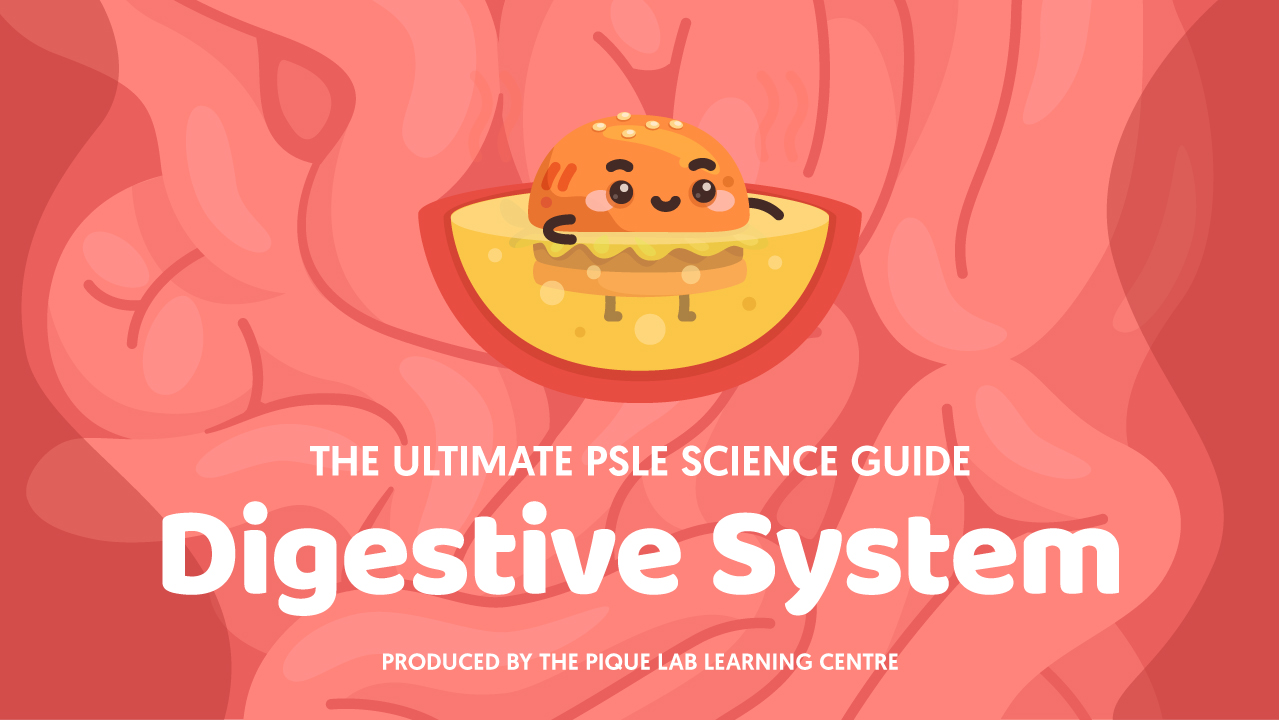In today’s article on Plant Cycle, I’d like to introduce you to the daily dilemma of the stomata.
To Open Or To Close?
That is the daily dilemma of the stomata, as I would like to put it.
Read Also
Before I explore deeper as to why this problem arises, I would like to firstly introduce you to the stomata. 🙂
Name: Stomata
Location: Found on both surfaces of the leaf but mostly on the underside of the leaf
Function: To allow the plant to carry out gaseous exchange
Gaseous exchange? You might be wondering about the types of gases that are being exchanged. At the stomata, there are 3 types of gases that move in and out of the stomata.
- Oxygen
- Carbon dioxide
- Water vapour
It is also highly important that you are able to relate these gases to their respective processes. Can you identify what are the 3 processes that occur at the leaf?
Here Are The Processes Involved
- Photosynthesis: the process where the plant uses water and carbon dioxide in the presence of sunlight to make food for the plant.
- Respiration: the process where the plant cells use oxygen and food to release energy for life processes.
- Transpiration: the process where water is lost through the stomata on the leaves as water vapour.
Let us go back to the question:
So what kind of dilemma do you think the stomata faces?
In the day, the plant is able to trap sunlight for photosynthesis to make food. In order to carry out photosynthesis, the plant would also need carbon dioxide (as mentioned in the definition above). As such, the stomata increase in size during the day to allow the plant to take in more carbon dioxide for photosynthesis to make food. That sounds perfectly fine, doesn’t it? The only problem here is that – When the stomata increase in size, it increases the rate of water loss through the stomata in the process of transpiration.
If you are still confused as to why this happens, I would like you to picture this scenario:
You are running along a track in preparation for your upcoming NAPFA test. 5 minutes into the run, you start to open your mouth to take in more air. However, you soon realise that the saliva in your mouth evaporates faster, causing your mouth and throat to feel dry and you start to feel thirsty. If you were to keep your mouth closed, you would soon run out of breath due to a lack of oxygen in your body. What should you do?
With this example, are you able to understand the dilemma of the stomata more clearly now? 🙂
There is no solution to this dilemma because the stomata are unable to close completely. The reason is that the plant would need to take in oxygen for respiration to release energy for life processes. As such, what the plant does at night is to reduce the size of the stomata so that there is less water vapour lost through them during the process of transpiration. Similarly, what you would do after you have stopped running is to close your mouth, isn’t it?
With this understanding, you are now ready to answer this question below.
Question
Part (a)
Structure X is the stomata.
The function of structure X is to allow the plant to carry out gaseous exchange.
Part (b)
Q: Why do you think the tiny openings of structure X were smaller in size during the night?
A: At night, the plant is not able to trap sunlight and would not need to take in carbon dioxide to carry out photosynthesis to make food. Thus, its stomata decrease in size to reduce the rate of water loss as water vapour through the stomata in the process of transpiration.
I hope this helps you to have a better understanding of how the stomata work!

If you like our methodology, we’ve some upcoming workshops:








